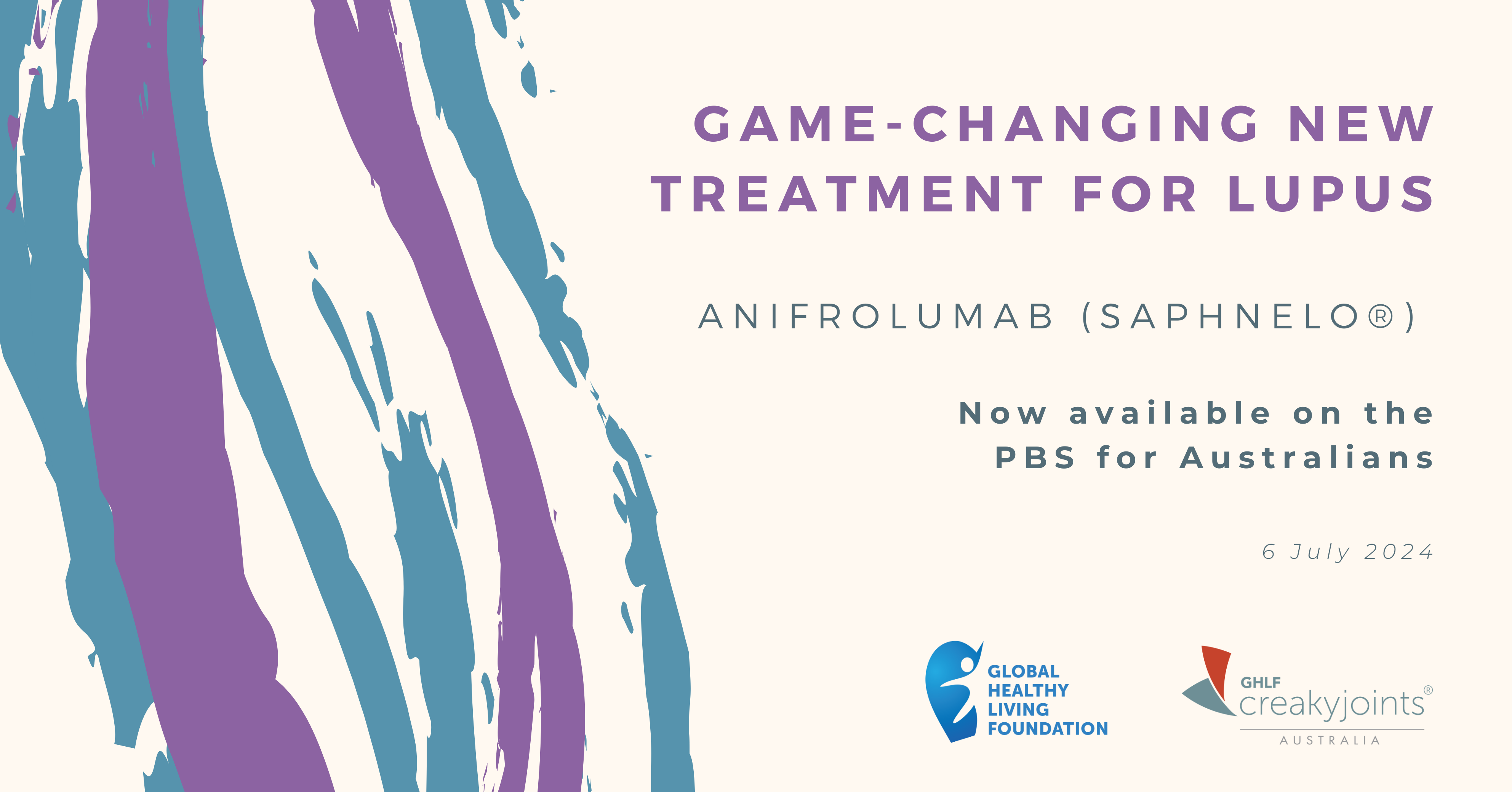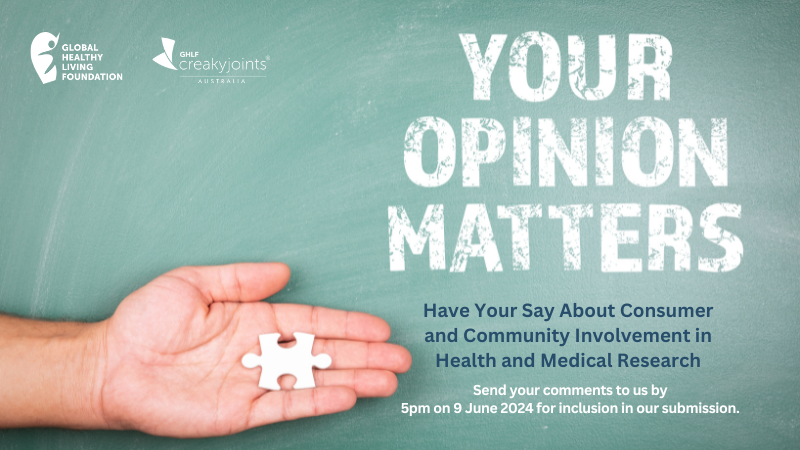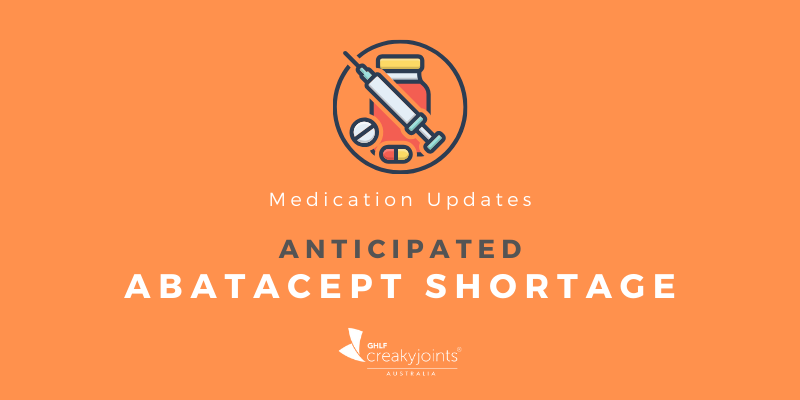

This article has been adapted, with permission, from a corresponding article by Rosemary Ainley published on the CreakyJoints (US) website. Some content may have been changed to suit our Australian audience.
This is the second time my city (Melbourne, Victoria) has been in lockdown this year, but the whole experience is quite different this time around.
Last time, there were chalk rainbows painted on sidewalks and teddy bears sitting in people’s windows to cheer up kids (and adults) as they walked past on socially distant quarantine strolls.
This time, the painted rainbows have all washed away and, if there are any teddys left in windows, they’re probably grey with dust. This time, there’s been a slow grinding down of energy. It feels heavier. Pandemic fatigue has set in. We’re not spreading messages of joy and hope.
We’re just checking on each other and helping each other get through another day.
The Fiery Months Before the First Lockdown
Our battle against an uncontrollable force of nature didn’t begin when COVID-19 first hit our shores early this year. Instead, for many Australians, the sense of impending disaster began in late September 2019 when our bushfire season started early, following years of drought in some parts of the country. The fires started in sections down most of the east coast of our mainland and then appeared throughout the country at rates and intensities we had never seen before.
I was in Sydney, New South Wales in early December. There, smoke from nearby fires was thick enough to seep into the hotel ventilation and wake me up thinking that there was a fire in the building. The sun couldn’t break through. People were staying inside all day. Some were wearing masks outside.
Perhaps this was foreshadowing a sign of things to come.
By January 2020, horrific scenes of red skies and towering blazes played on our TVs — and on those around the world — every night. Towns and properties were destroyed. Millions of animals were killed.
At the same time, we started to hear stories about coronavirus spreading in China then, too, and evacuees started arriving in Australia. Fires in Victoria caused thick smoke haze across Melbourne. Then there was flooding in some areas and heavy rain in Melbourne.
My husband and I had bought Elton John concert tickets a year before and we were crossing our fingers that it would go ahead. The outdoor concert venue was in a beautiful nature reserve. Some concerts at other venues were cancelled due to rain, but we were lucky to have perfect weather, a beautiful sunset behind the stage and a fabulous concert.
Little did I know that would be the last time I would freely walk (albeit with my walking stick) through such a large crowd and with no notion of physical distancing and masks.
The fires were still burning in some places in February and many people were jobless and homeless as a result. The news of the spread of the coronavirus sparked panic buying in February.
We knew something bad was coming and we were already on edge.
Lockdown Part 1: The Whole Nation Stopped
During March there was widespread anxiety as the whole country rapidly started our version of Stage 2 lockdown restrictions at the end of the month to stop the virus from spreading.
We all thought that life would be back to normal in a few months. I don’t recall that Stage 1 was ever officially named, however, during February and part of March our national borders were closed, domestic travel was limited, physical distancing and hand hygiene messages were everywhere and maximum gathering sizes started to be reduced.
Stage 2 meant the closing of many cinemas, restaurants, bars and most other indoor activities involving groups of people, even religious gatherings. Retail shops, fast food venues and outdoor cafes and many outdoor sporting facilities remained open, though.
In the last days of March, Victoria quickly went from Stage 2 to Stage 3 restrictions as our case numbers were more concerning (although they were all contained). Our schools switched to remote learning and people were encouraged to stay at home as much as possible.
Stage 3 meant that Victorians could face hefty fines if we left the house for “non-essential reasons.” That is unless we left to get food and supplies, medical care, exercise or for work or education. However, many retail stores were still open so it became questionable as to which supplies were “essential.”
It took me several weeks to adjust even though I’d already been working from home for years because of my health conditions. At that time, it felt like all our wings had all been clipped and we were stuck, but I was happy to self-isolate as much as I could.
I have two forms of autoimmune arthritis (rheumatoid arthritis and ankylosing spondylitis), which I treat with methotrexate, prednisolone and a biologic. These all suppress my immune system. I also have other health conditions, including type 2 diabetes, so, if I did happen to catch the coronavirus, there is a strong chance that I’d have very severe symptoms and take longer to recover than most. I’ll take self-isolation over that any day.
I could deal with my own lockdown situation but was not ready to think about how to keep the arthritis support group I help to run connected. That came later. Driveway visits with family members helped. Many people still went to shopping centres but I only went to the supermarket and pharmacy at low-traffic times. I also kept all my health appointments, as they are so important to me.
Our Brief Respite
Things started getting confusing in late May as our states and territories started easing restrictions at different rates and in different ways. Most students went back to school (universities remained closed). In Victoria, we could have five visitors to the home again. Cafes, community centres and some other public venues could re-open with limited numbers.
My arthritis support group had been meeting via Zoom and we were given the opportunity to meet face-to-face again in early June. However, half of the group (including me) were still choosing to self-isolate as much as possible so we ended up with half the group going in person and half meeting on Zoom.
But the more people started venturing out into the community, the more I wanted to stay at home.
I switched from going out to do the weekly grocery shop to getting home delivery again. I felt that too many people were getting complacent — and that scared me.
I turned 50 in the middle of June. Earlier in the year, I’d started to plan a big party and was thinking about venues and the guest list. Luckily, I hadn’t booked anything. By mid-June in Melbourne, we were allowed to have up to 10 people in private houses but even that made me anxious as several of my family are high risk. However, I knew my family was planning something for me so I decided to try and set my anxieties aside and enjoy the day.
It turned out to be truly special. I agreed to hugs and kisses for that one day and my family did everything they could to give me a wonderful day. It’s now a highlight of my year. I was so lucky to have had that precious time with my family as Melbourne households went back to a maximum of five visitors from the next day.
Lockdown 2: More Cases and Tougher Restrictions
Mid-July in Australia is also mid-winter. While snowfalls are generally confined to Tasmania and the alpine areas of New South Wales, the Australian Capital Territory, and Victoria, Melbourne can still get cold. The average high-temperature is 13.5°C and the average low-temperature is 6°C. We had some sunny days but the grey, wet ones dampened our spirits a bit.
By then, Melbourne was starting to develop COVID hot spots and rising rates of community transmission (a lot of it untraceable). Several of our high-rise public housing towers were suddenly placed in full-lockdown for weeks and travel was restricted in and out of some suburbs.
We now know that many of these cases stemmed from security guards working in hotels where returned international travellers were in quarantine. I’m not blaming them, though, as it appears they had inadequate training in COVID-19 hygiene and using personal protective equipment.
We’ve also had outbreaks in some schools and workplaces but the most concerning ones have been in aged-care settings as this is where most of our deaths have been occurring. I know several people connected to my family who live in nursing homes and I was very worried about them.
This all led to our state’s number of people with active cases rising to around 800 at that time. I know that is very low when compared to other countries, but it was very concerning for us. It is still 800 lives and families that have been affected. It also doesn’t take into account the people who had the virus and recovered or the active cases that have developed since.
With all this happening, Melbourne went back into lockdown in mid-July (In some suburbs, this happened earlier). At first, it was back to Stage 3 for us (with the rest of Victoria in Stage 2). Plus, face coverings became compulsory for everyone when out in public. Schools went back to remote learning and many workplaces closed or reduced onsite staff again.
Unfortunately, our community transmission rates did not go down enough despite that level of lockdown, so we went into Stage 4 in early August with rapid changes again.
As I write this, only essential businesses are allowed to open so most retail stores and food outlets are closed (unless they can operate online or drive-through only). To leave home, workers need a permit and everyone else can only leave to buy essential supplies (one person at a time and this time they really mean “essential”) or for caregiving or medical appointments. We are allowed to leave our premises on our own for up to one hour each day for a walk but if we travel more than 5 kilometres without a valid reason, we’ll be hit with a massive fine.
On top of all this, we now have a curfew between 8 pm and 5 am. Again, only essential workers with permits are allowed out then. This hasn’t affected me so much as I have been a homebody for a long time, but it’s strange seeing photos of near-empty streets at night in the city. It’s really hit home that this virus just won’t go away.
How We’re Coping in Stage 4
The hardest part about going back into lockdown in Victoria has been watching other states ease their restrictions. We had a glimmer of hope that was taken away. News reports show people in other parts of the country in pubs and having parties. I spoke to someone in Queensland last week who had been out the night before and had gone shopping that morning.
To me, those little things represent all the freedom that we currently don’t have and, I admit, I was jealous. They can do that and I can’t even visit my parents a few suburbs away.
During the first few weeks, the general mood has been quite flat. We no longer believe that things will be better soon. There has been even more focus on mental health support services and long-term social and financial impacts. It is now believed that, if Melbourne is “lucky” we might “only” be in Stage 2 by Christmas. (And we’re now thinking of Stage 2 as something to look forward to.)
It’s not all doom and gloom, though. The internet remains a lifeline for social connections and we’ve all become experts at Zoom and similar services. For me, this has meant increased regular contact with many friends and family members, trivia nights with my book club (glass of wine in hand) and more people joining in my arthritis group’s online meet-ups.
Having my husband to talk to at home has made a huge difference. I’m also about to become an auntie again and several of my friends are pregnant, so the thought of those new lives on the way has been wonderful.
I’m writing this at the end of August and we are just going into our spring.
Even though our weather can be quite volatile at this time of year, the crisp sunny days and blossoming flowers are refreshing. This is helping to remind me that we are all very resilient.
Everything has a cycle and we’ll come through this ok.
Keep Reading
- My Life With Chronic Illness During Melbourne’s Second Lockdown: Part 2 – September
- Living With Arthritis During COVID-19: Education and Support Resources
- A Patient’s Guide to Living with Rheumatoid Arthritis in Australia
- A Patient’s Guide to Living with Axial Spondyloarthritis in Australia
- Government Support for People With Chronic Illness




